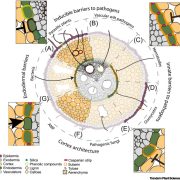
Plant Science Research Weekly: July 15, 2022
Blog, WWR Full PostReview: Root cell types as an interface for biotic interactions
Kawa and Brady review the contributions and responses of individual cell types and cell identities in plant biotic interactions, both pathogenic and commensal. The first step in these interactions is the perception of the microbes by…

Plant Science Research Weekly: July 1, 2022
Blog, WWR Full PostCircadian clock component CCA1 is a transcriptional regulator of ABA-mediated abiotic stress tolerance in rice
In rice, the circadian clock component gene Circadian Clock Associated 1 (OsCCA1) regulates flowering and nitrogen use efficiency. CCA1 is a MYB family transcription factor that follows a…

Plant Science Research Weekly: June 17, 2022
WWR Full PostReview: Molecular regulators of nitrate response in plants
Nitrate is the major form of nitrogen used by plants in an aerobic crop cultivation scenario. Lamig et al. review recent additions to the already vast knowledge of nitrate signaling. A first line of regulation concerns nitrate uptake through…
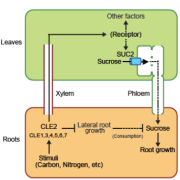
Plant Science Research Weekly: May 27th, 2022
WWR Full PostSystematic characterization of gene function in the photosynthetic alga Chlamydomonas reinhardtii
The green alga Chlamydomonas reinhardtii is a useful model system to study photosynthetic organisms, as this single-celled species allows for more high-throughput methods than in multicellular plants,…
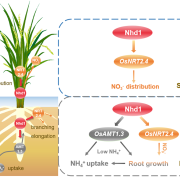
Plant Science Research Weekly: May 13, 2022
Blog, WWR Full PostReview: Protein phosphorylation “toggle switch” for plant iron balance
Protein phosphorylation and dephosphorylation act as a switch regulating a multitude of protein properties, be it their activity, interaction with other proteins, stability, or even cellular localization. This review by Li…
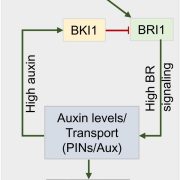
Plant Science Research Weekly: April 29, 2022
Blog, WWR Full PostReview: Fire-released seed dormancy - a global synthesis
In 1991, Jon E. Keely wrote the first review about the role of fire as a dormancy-breaking cue in California's Mediterranean ecosystems. In this review, almost 30 years after Keely's work, Pausas and Lamont provide us with an updated and worldwide…
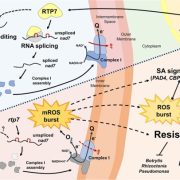
Plant Science Research Weekly: April 15, 2022
Blog, WWR Full PostSpecial issue: Sex determination and sex chromosome evolution in land plants, Philosophical Transactions B
At some point, most biology students learn the term “dioecy” (two houses), which refers to the separation of male and female function into different individuals, a characteristic that is…
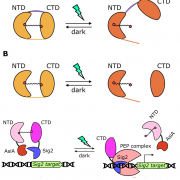
Plant Science Research Weekly: April 1, 2022
WWR Full PostChloroplast protein import determines plant proteostasis and retrograde signaling
The neurological condition Huntington’s disease is caused by mutated versions of the Huntingtin gene that encode expanded stretches of polyglutamine repeats, resulting in protein aggregation. However, despite the widespread…
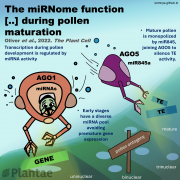
Plant Science Research Weekly: March 18, 2022
WWR Full PostReview: A rulebook for peptide control of legume–microbe endosymbiosis
Symbiotic associations with bacterial or fungal partners enhance nutrient uptake for most plants, and recent years have uncovered the very sophisticated means by which these associations are established and controlled. Peptides…

